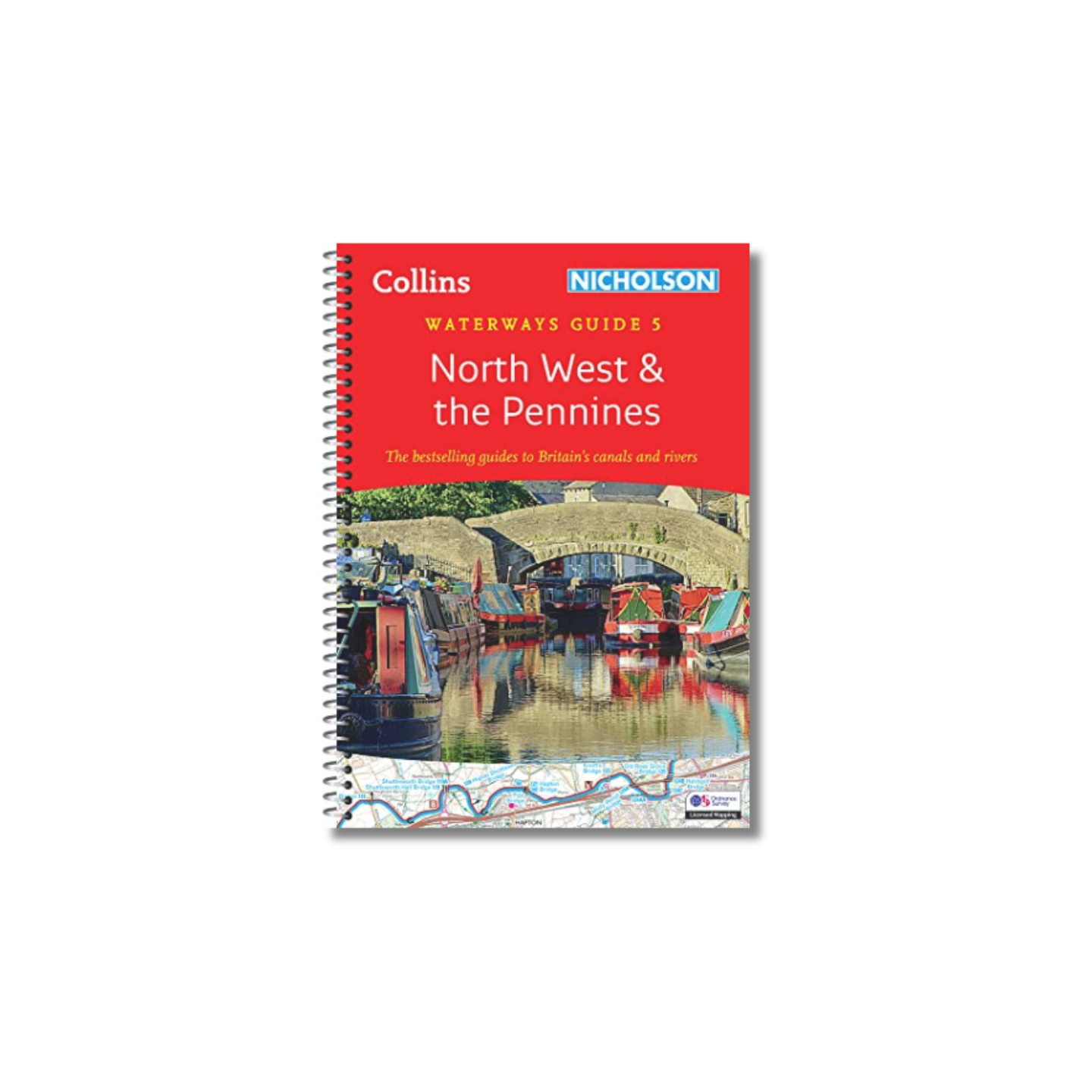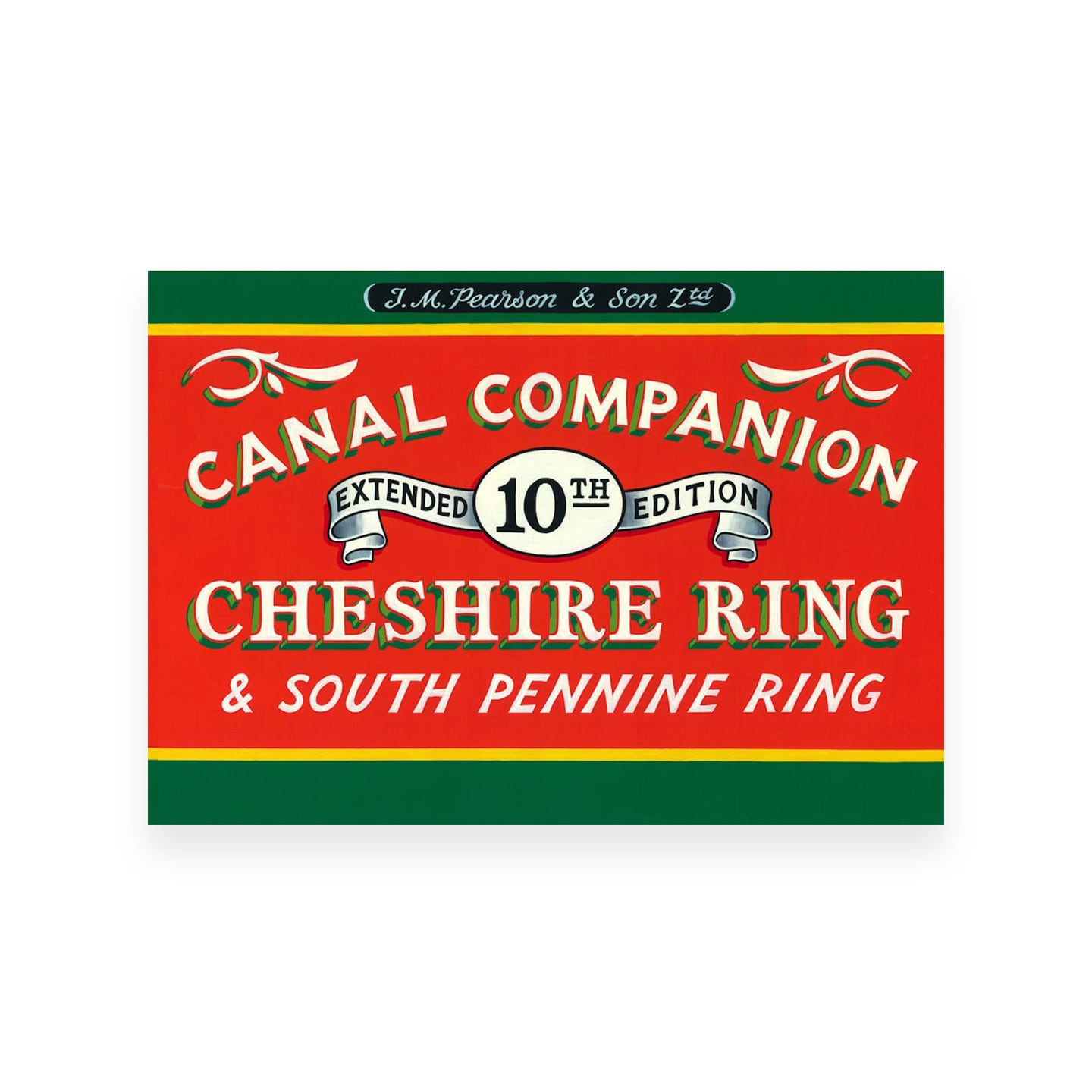Dunkinfield Junction to Bugsworth Basin
The Peak Forest Canal was built to ship Derbyshire limestone to Manchester. It reopened in 1974 following restoration led by the Peak Forest Canal Society.
There is one branch, the Whaley Bridge Branch, which is 0.5 miles (0.8Km) long with no locks, and which joins the main line at Bridge 37, just north of Whaley Bridge. The Macclesfield Canal joins the Peak Forest Canal at Marple Junction.
Bugsworth Basin was fully reopened at Easter 2005 following more than thirty years of work by The Inland Waterways Protection Society Ltd (which latterly changed its name to Bugsworth Basin Heritage Trust), who adopted the unique canal and tramway interchange complex at Bugsworth Basin as its major project.
The more important and larger of two southern terminals of the Peak Forest Canal, Bugsworth Basin had initially re-opened amid much celebration six years earlier. Unfortunately, the Society and British Waterways had no option but to close the Basin again the following autumn due to excessive leakage and unacceptable water loss to the adjoining river Blackbrook. Substantial works to provide a long-term solution to leakage problem were undertaken in 2004. The Trust’s volunteers continued to maintain the non-water areas for the benefit of all visitors and local residents, with the co-operation with English Heritage, for many years.
[The photo shows Carr Swing Bridge, Furness Vale – by Victor Gibbons]



